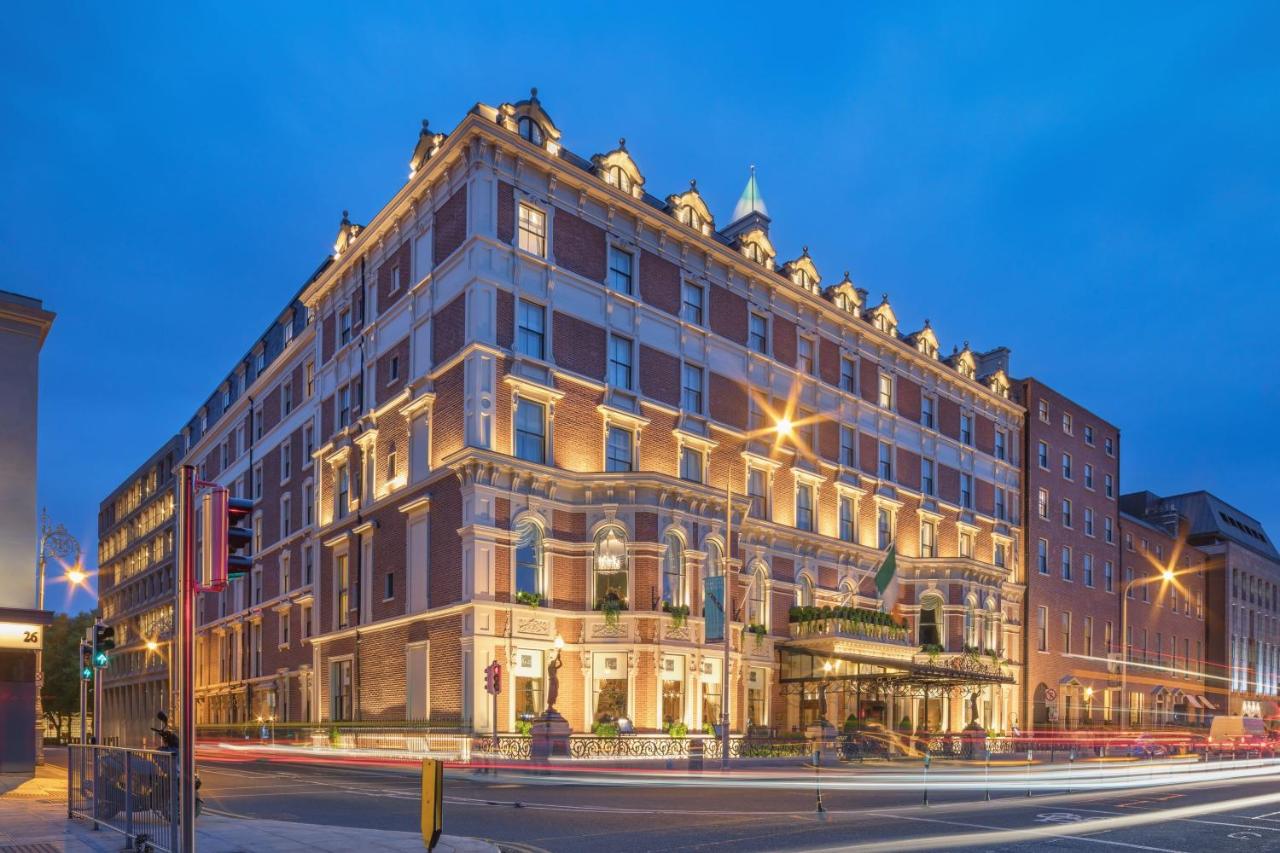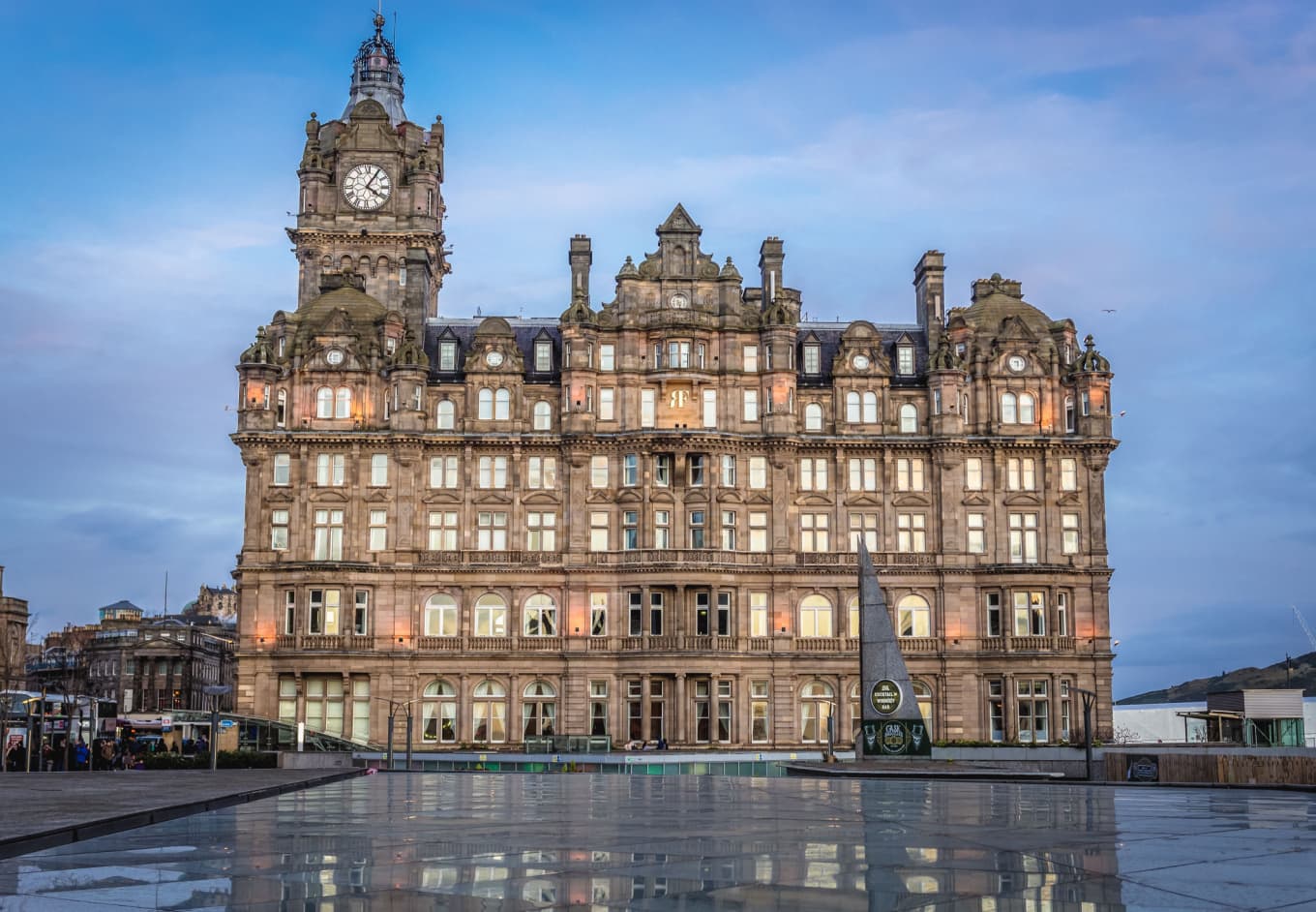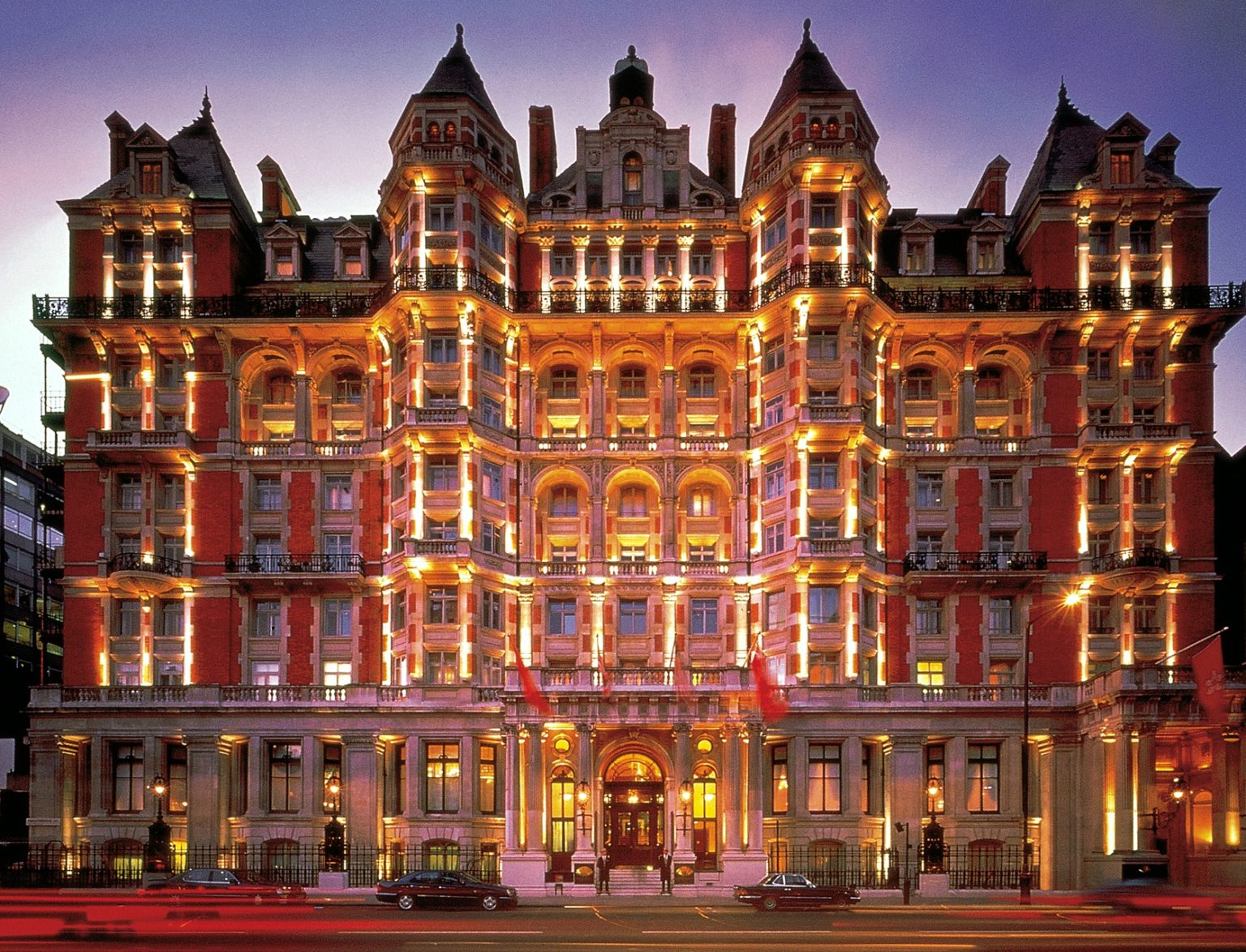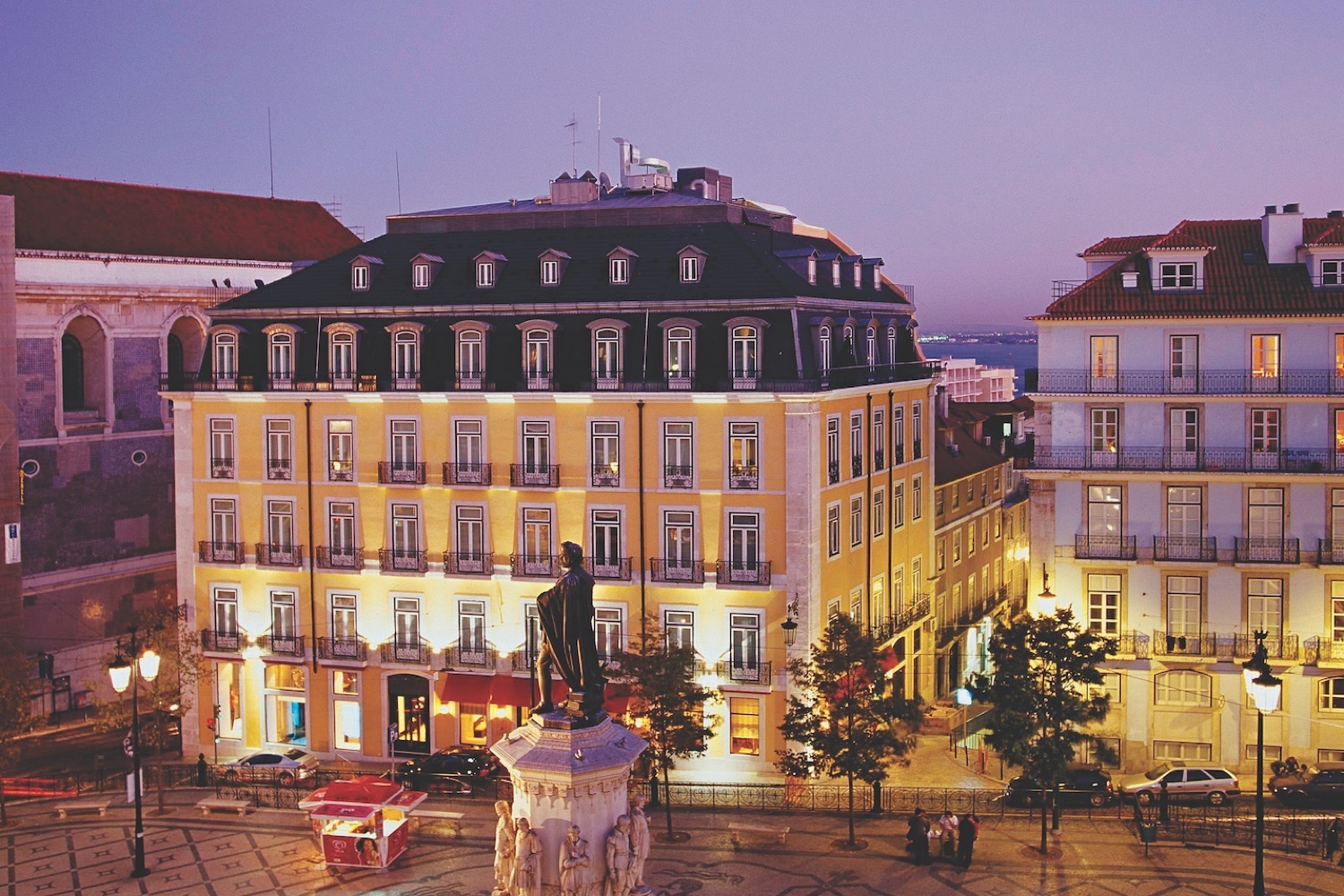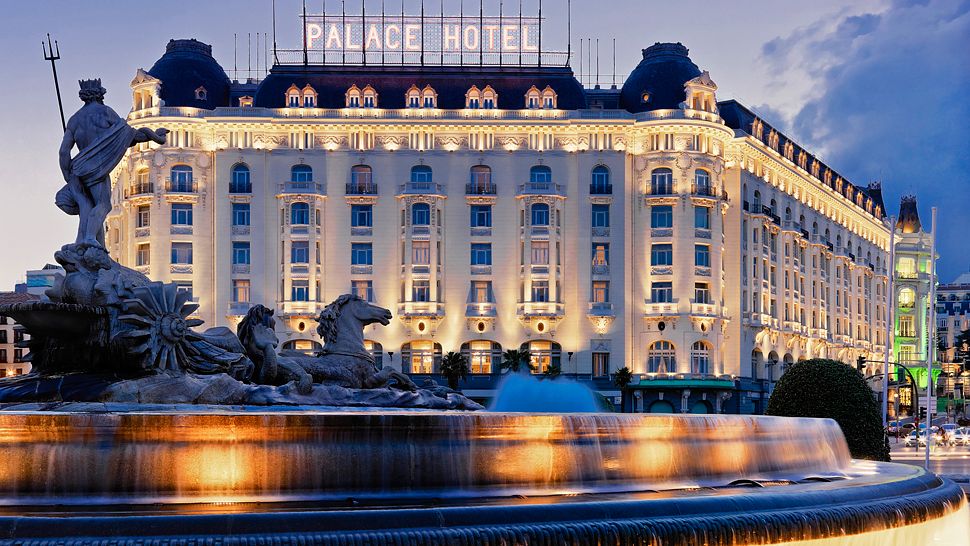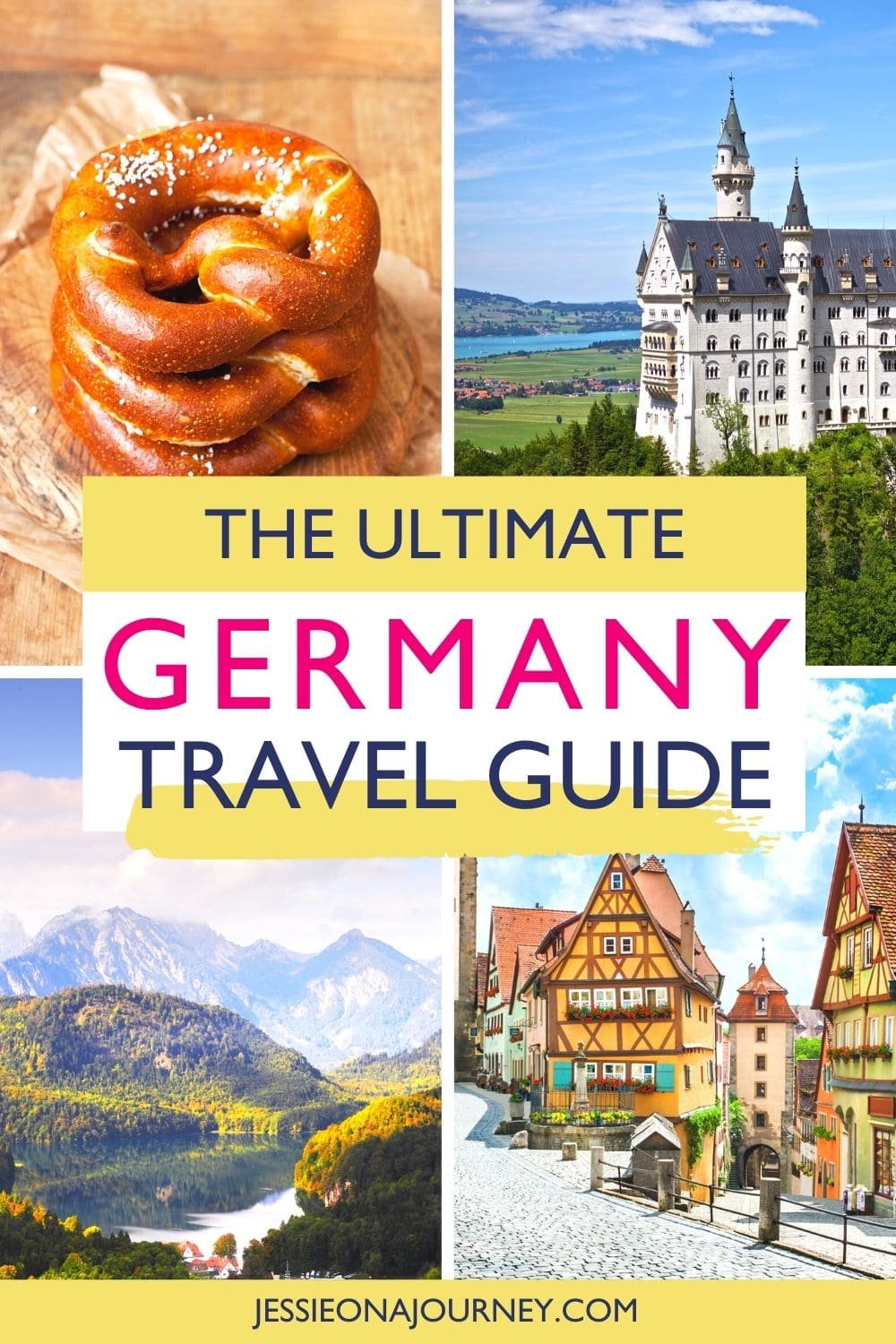
Germany, a land where medieval castles guard ancient forests, vibrant cities pulse with modern energy, and a rich tapestry of history unfolds at every turn, beckons travelers with an irresistible charm. From the fairytale landscapes of Bavaria to the industrial might of the Ruhr Valley, and the artistic heart of Berlin to the picturesque Rhine, this diverse nation offers an experience for every kind of explorer. This comprehensive guide will equip you with everything you need to embark on an unforgettable journey through Germany.
A Glimpse into Germany’s Storied Past
Understanding Germany’s history is crucial to appreciating its present. For centuries, it was a collection of fragmented kingdoms and principalities, eventually unified in 1871 under Otto von Bismarck. The 20th century brought immense upheaval, marked by two devastating World Wars and the subsequent division of the country during the Cold War. The fall of the Berlin Wall in 1989 and reunification in 1990 represent a pivotal moment, shaping the Germany we see today – a dynamic, democratic nation that has meticulously preserved its heritage while embracing the future.

Related Articles about Germany: A Tapestry of History, Culture, and Unforgettable Adventures:
- Maldives: An Azure Dream – Your Ultimate Travel Guide to Paradise
- The Emerald Isle Beckons: Your Comprehensive Travel Guide to Sri Lanka
- España: A Tapestry of Sun, Sangria, and Centuries of Stories – Your Ultimate Travel Guide
- Canada: A Traveler’s Grand Tapestry – From Majestic Peaks to Coastal Charms
- La Dolce Vita Awaits: Your Ultimate Travel Guide to Italy
Key Historical Eras to Consider:
- The Holy Roman Empire (962-1806): A complex network of territories that shaped early European identity.
- Prussian Dominance and Unification (18th-19th Centuries): The rise of Prussia leading to the formation of the German Empire.
- World War I and the Weimar Republic (1914-1933): A period of immense loss and political instability.
- The Nazi Era and World War II (1933-1945): A dark chapter with profound global consequences.
- Post-War Division and Reunification (1949-1990): The Cold War’s impact and the eventual triumph of unity.
Top Attractions: A Journey Through Germany’s Treasures

Germany boasts an embarrassment of riches when it comes to captivating sights. Here are some of its most iconic destinations:
1. Berlin: The Pulsating Capital of Culture and History:
Berlin is a city that wears its history on its sleeve, from the imposing Brandenburg Gate and the remnants of the Berlin Wall (East Side Gallery) to the solemn Memorial to the Murdered Jews of Europe. But Berlin is also a vibrant hub of contemporary art, world-class museums (Museum Island is a UNESCO World Heritage site), a thriving nightlife, and a culinary scene that’s constantly evolving.
- Must-sees: Brandenburg Gate, Reichstag Building, East Side Gallery, Museum Island, Checkpoint Charlie, Potsdamer Platz.
- Experiences: Explore the diverse neighborhoods, catch a show at the Friedrichstadt-Palast, enjoy street art tours, and indulge in the city’s renowned currywurst.
2. Munich: Bavarian Charm and Oktoberfest Spirit:
The capital of Bavaria, Munich, is synonymous with its iconic beer gardens, traditional Lederhosen and Dirndl attire, and of course, the world-famous Oktoberfest. Beyond the revelry, Munich offers elegant architecture, beautiful parks like the English Garden, and a rich artistic heritage with the Alte Pinakothek and Neue Pinakothek galleries.
- Must-sees: Marienplatz with its Glockenspiel, Hofbräuhaus, English Garden, Nymphenburg Palace, Deutsches Museum.
- Experiences: Attend Oktoberfest (late September to early October), sample Bavarian specialties, explore the Viktualienmarkt, and take day trips to nearby attractions.
3. The Romantic Road (Romantische Straße): A Fairytale Trail:
This picturesque route winds its way through charming medieval towns and stunning landscapes in Bavaria and Baden-Württemberg. Prepare to be enchanted by well-preserved castles, half-timbered houses, and rolling vineyards.
- Must-sees: Rothenburg ob der Tauber (a perfectly preserved medieval town), Dinkelsbühl, Nördlingen (a town built within a meteorite crater), Neuschwanstein Castle (the inspiration for Disney’s Sleeping Beauty castle).
- Experiences: Walk the ancient ramparts, explore cobblestone streets, sample local wines, and immerse yourself in a bygone era.
4. Hamburg: The Gateway to the World:
Germany’s second-largest city, Hamburg, is a vibrant port city with a maritime soul. Its stunning Speicherstadt (warehouse district) and the modern Hafencity showcase a fascinating blend of old and new. The Elbphilharmonie concert hall is a architectural marvel, and the St. Pauli district offers a lively entertainment scene.
- Must-sees: Speicherstadt, Hafencity, Elbphilharmonie, Miniatur Wunderland (the world’s largest model railway exhibition), St. Michael’s Church.
- Experiences: Take a harbor cruise, explore the fish market, enjoy a musical, and wander through the Reeperbahn.
5. The Rhine Valley: Castles, Vineyards, and Romantic Cruises:
The Middle Rhine Valley, a UNESCO World Heritage site, is a landscape straight out of a romantic novel. Steep vineyards cling to the hillsides, dotted with hundreds of medieval castles and charming villages. A river cruise is the quintessential way to experience its beauty.
- Must-sees: Marksburg Castle, Rheinfels Castle, the Lorelei Rock, the picturesque towns of Bacharach, St. Goar, and Rüdesheim am Rhein.
- Experiences: Embark on a Rhine river cruise, go wine tasting, hike through the vineyards, and explore the historic castles.
6. Dresden: The Jewel of the Elbe:
Rebuilt after its devastating destruction in World War II, Dresden has risen from the ashes to reclaim its title as the "Florence on the Elbe." Its Baroque architecture, including the Frauenkirche and the Zwinger Palace, is breathtaking.
- Must-sees: Frauenkirche, Semperoper (Opera House), Zwinger Palace, Brühl’s Terrace.
- Experiences: Admire the Baroque splendor, visit the Old Masters Picture Gallery, and enjoy the riverside promenade.
7. The Black Forest (Schwarzwald): Nature’s Enchantment:
This mountainous region is renowned for its dense forests, picturesque cuckoo clocks, delicious Black Forest cake, and charming villages. It’s a paradise for hikers, cyclists, and anyone seeking natural beauty.
- Must-sees: Titisee Lake, Feldberg Mountain, Triberg Waterfalls, the town of Freiburg.
- Experiences: Hike through the forests, learn about cuckoo clock making, indulge in Black Forest cake, and enjoy the serene natural surroundings.
Travel Tips for a Seamless German Adventure
- Language: German is the official language. While many Germans, especially in tourist areas and younger generations, speak excellent English, learning a few basic German phrases (Guten Tag – Hello, Danke – Thank you, Bitte – Please, Entschuldigung – Excuse me) will be greatly appreciated.
- Currency: The currency is the Euro (€). Credit and debit cards are widely accepted, but it’s always good to have some cash for smaller purchases or in more rural areas.
- Tipping: Tipping is customary but not mandatory. In restaurants, it’s common to round up the bill or leave 5-10% for good service. For taxi drivers, rounding up is sufficient.
- Electricity: Germany uses Type F power sockets (two round pins) with a voltage of 230V and a frequency of 50Hz. You’ll need an adapter for most electronics.
- Safety: Germany is a very safe country with a low crime rate. However, like any major city, be aware of your surroundings and take precautions against pickpocketing in crowded areas.
- Visas: Depending on your nationality, you may require a Schengen visa to enter Germany. Check the visa requirements for your country of origin well in advance.
- Emergency Number: The European emergency number is 112.
Accommodation Options: From Budget to Boutique
Germany offers a diverse range of accommodation to suit every budget and travel style.
- Hotels: From luxurious five-star establishments in major cities to charming family-run inns in smaller towns, hotels are abundant. Prices vary significantly based on location, star rating, and amenities.
- Guesthouses (Gasthöfe/Pensionen): These are often more intimate and personal than hotels, offering a homey atmosphere and a chance to interact with locals.
- Apartment Rentals: For longer stays or families, renting an apartment through platforms like Airbnb can be a cost-effective and convenient option, offering more space and the ability to cook your own meals.
- Hostels: Budget travelers will find a good selection of modern and clean hostels, particularly in major cities, offering dormitory-style rooms and private options.
- Farm Stays (Urlaub auf dem Bauernhof): For a truly authentic experience, consider a farm stay, especially in rural areas. This allows you to immerse yourself in the countryside and enjoy local produce.
- Camping: Germany has a well-developed camping infrastructure, with numerous campsites offering facilities for tents, caravans, and motorhomes.
Transportation: Navigating Germany with Ease
Germany boasts an incredibly efficient and extensive public transportation network, making it easy to explore the country.
- Trains (Deutsche Bahn – DB): The German rail network is world-renowned for its punctuality, comfort, and reach. High-speed ICE (Intercity-Express) trains connect major cities, while regional trains (RE, RB) serve smaller towns. Booking tickets in advance, especially for long-distance journeys, can often secure better prices. Consider a German Rail Pass if you plan on extensive train travel.
- Buses: Long-distance bus services (e.g., FlixBus) offer a more budget-friendly alternative to trains for some routes.
- Cars: Renting a car provides flexibility, especially for exploring rural areas or the Romantic Road. However, be aware of German driving laws, speed limits (especially on the Autobahn, where some sections have no speed limit, but many are regulated), and the need for an International Driving Permit for some nationalities.
- Public Transport within Cities: Most German cities have excellent public transport systems, including U-Bahn (subway), S-Bahn (suburban rail), trams, and buses. Purchasing day passes or multi-day tickets is usually cost-effective.
- Cycling: Germany is a very bike-friendly country, with dedicated cycle paths in cities and scenic routes in the countryside. Many towns offer bike rental services.
Best Time to Visit Germany: Embracing the Seasons
Each season in Germany offers a unique charm, catering to different preferences.
- Spring (April-May): The weather begins to warm up, with flowers blooming and parks coming to life. It’s a beautiful time for sightseeing without the summer crowds. Expect mild temperatures, with occasional rain.
- Summer (June-August): This is the most popular time to visit, with warm to hot weather, long daylight hours, and numerous festivals and outdoor events. Be prepared for larger crowds and higher prices.
- Autumn (September-October): Germany transforms into a canvas of golden and red hues. This is an ideal time for hiking, enjoying the harvest season, and experiencing Oktoberfest in Munich. The weather is generally pleasant and crisp.
- Winter (November-March): While colder, winter offers a magical experience, particularly during the Christmas season. Charming Christmas markets pop up in towns and cities, offering festive cheer, mulled wine, and handcrafted gifts. It’s also a great time for skiing in the Bavarian Alps.
Conclusion: Your German Adventure Awaits
Germany is a country that consistently delights and surprises. Whether you’re drawn to its profound history, its vibrant cultural scene, its breathtaking natural landscapes, or its efficient and modern infrastructure, a journey through Germany promises to be an enriching and unforgettable experience. Pack your bags, open your mind, and get ready to discover the multifaceted beauty of this captivating European gem.
